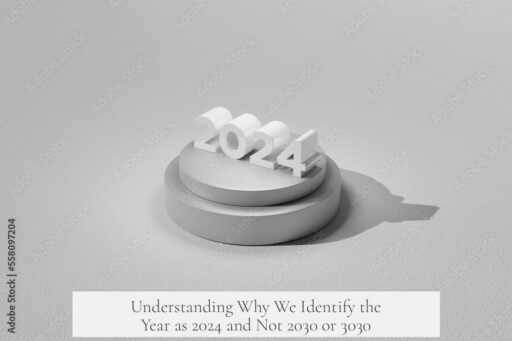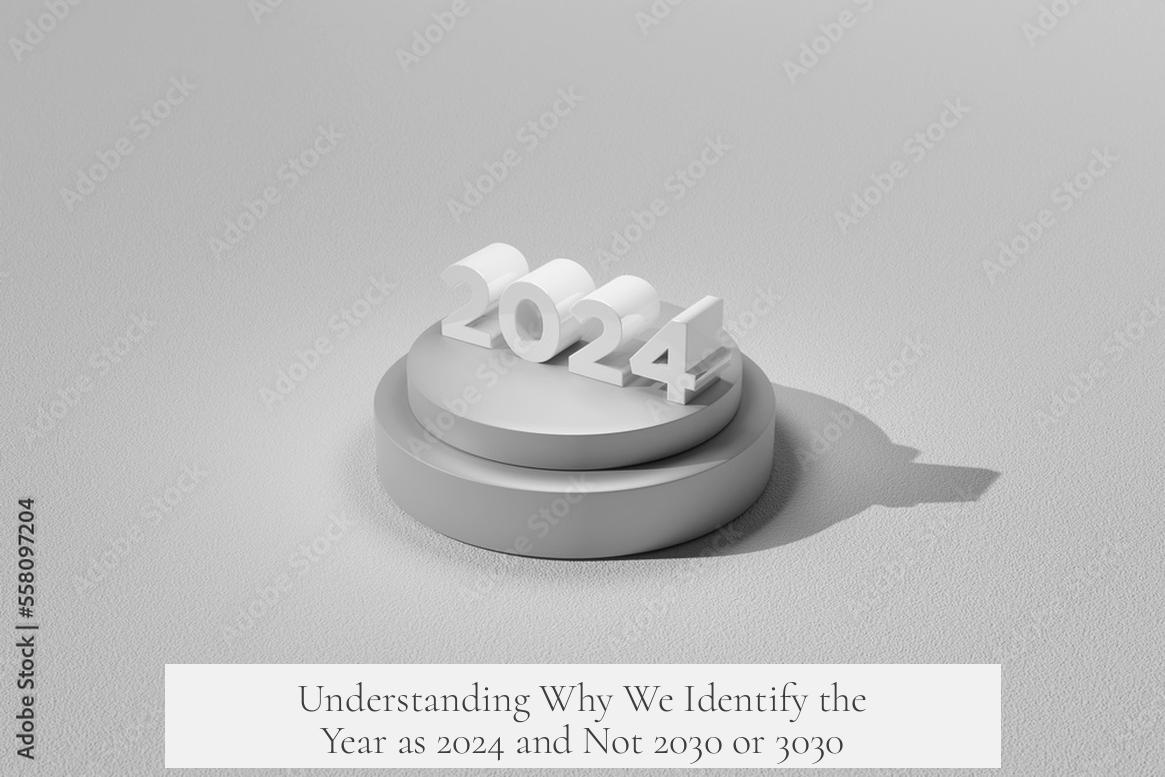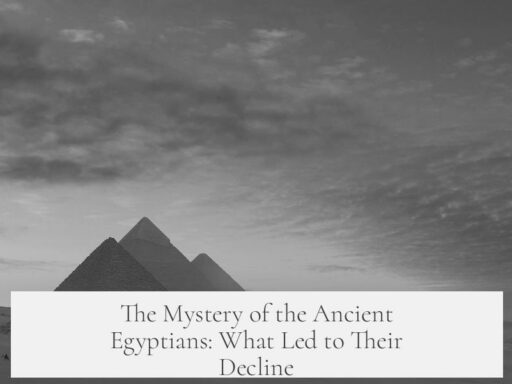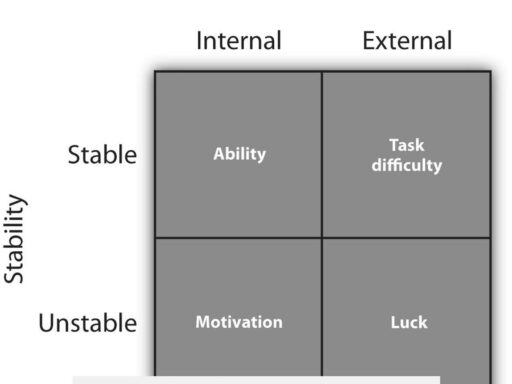The year 2024 is determined through a calendar system anchored to historical events, especially the estimated birth of Jesus Christ, and cross-checked by multiple ancient dating methods, making it more reliable than arbitrary labels like 2030 or 3030.
Our calendar, the Gregorian calendar widely used today, counts years from the traditionally assigned birth year of Jesus. Though this birth year is likely off by a few years, historians and scholars have standardized this starting point for consistency. Early records place Jesus’ birth during King Herod’s reign, which ended around 4 BC, or during a census conducted in 6 AD, leading to some discrepancies. Nevertheless, the system sticks to this approximate baseline, moving sequentially forward.
The absence of a year zero complicates counting, moving directly from 1 BC to AD 1. Still, this does not affect the linear progression of years thereafter. Such continuity allows us to designate this current year as 2024 rather than a more arbitrary number like 2030 or beyond.
Verification comes from comparing multiple historical chronologies used in ancient times. Roman records used consulship years, while Greek timelines used Olympiads. Both were correlated with the birth of Jesus. For example:
- The Calendar of Philocalus lists Roman consuls and marks the consulship when Christ was born.
- The Christian historian Eusebius created timelines based on Olympiads and placed the nativity accordingly.
These independent calendars align well, anchoring the year count firmly. Such synchronization confirms that our timeline is not arbitrary but rooted in synchronized, cross-referenced historical evidence.
In addition, early Christian scholars, who adopted this dating system, widely used it in historical writings, ensuring consistent year reckoning. For Classical Antiquity, the timeline matches archaeological evidence, written records, and astronomical events recorded across cultures.
Changing the calendar to correct the small discrepancies between actual birth date estimates would require enormous effort with little benefit. Hence, the calendar remains as is, enabling us to agree on the year 2024 for this current time.
- Our year count is based on the standardized birth year of Jesus, despite minor historical uncertainties.
- Multiple ancient calendars—Roman consulships, Greek Olympiads—synchronize to this timeline.
- The transition from 1 BC to AD 1 sets a continuous year sequence.
- The calendar is upheld by centuries of consistent historical use and scholarship.
How Do We Know It’s the Year 2024 (and Not 2030/3030/Etc.)?
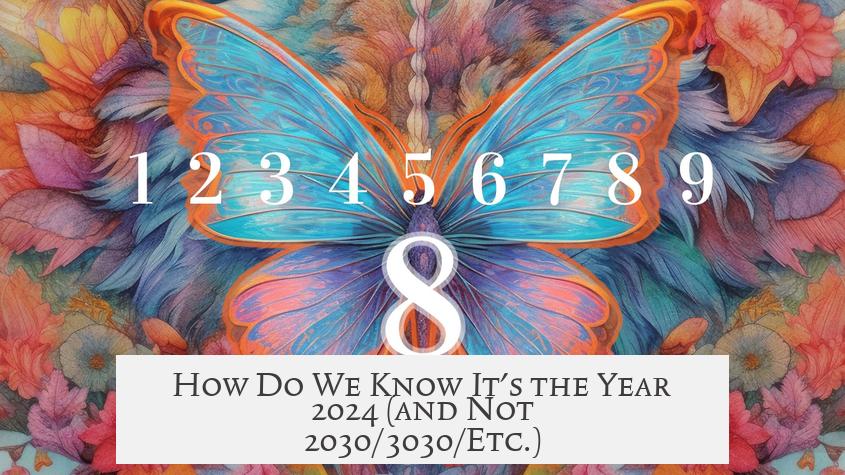
Simply put, the reason we confidently say it’s the year 2024 in the Gregorian calendar—and not 2030, 3030, or some sci-fi number—is that the entire system is deeply rooted in historical, religious, and cultural benchmarks meticulously calculated and cross-checked over centuries. But don’t just take that at face value. Let’s unwrap this complex but fascinating story behind how the calendar works—and why it’s not as arbitrary as you might think.
Calendars: More Than Just Numbers on Paper
Every calendar is, at its core, a tool for tracking time. Yet not all calendars track time the same way. Most modern-day calendars find their reference points in major historical or religious events. The Gregorian calendar—the most widely used calendar today—bases its year count on the traditionally estimated birth of Jesus Christ.
Now, here’s the twist: historians admit the calendar might be off by a few years if it’s supposed to track Jesus’s actual birth. For example, Matthew’s Gospel situates Jesus’s birth during Herod’s reign, which ended around 4 BC. Meanwhile, Luke points to a census conducted by Quirinius about 6 AD. So, what gives? Are we actually living in 2024 BC? Clearly not.
This confusion derives from differing historical accounts. Plus, the calendar jumps right from 1 BC to 1 AD with no “year zero” in between—adding a little mathematical chaos.
Still, shifting the calendar every time new research surfaces about Jesus’s exact birth year seems like overkill. The calendar’s cultural glue is too strong, and people worldwide find it convenient. This consistency contributes to the calendar’s reliability as a framework for measuring years.
Historical Chronology: Building a Timeline from Many Clocks
The early Christian scholars made one crucial decision: they fixed Jesus’s birth as the point zero—or “year one,” in their era counting. Since then, the numbering of years has been fairly consistent across many parts of the world.
But how do we know there aren’t missing years or sleight-of-hand with the numbers? Thanks to records from before the common era, especially from Classical Antiquity, historians can double-check their work. They compare multiple calendars that existed prior to AD dating.
For instance, the Egyptians, Babylonians, Greeks, and Romans all maintained records that allow us to connect dots across time. By syncing these chronologies, researchers offset potential errors or lost years. This method creates a sort of “historical triangulation.” Pretty fancy term, and it basically means they check one source against another.
Cross-Referencing Ancient Calendars: Proof in the Pudding
Take the Roman Empire. If you want to date an event, you can look it up according to several systems:
- Roman consulships (naming years by the two consuls who held office)
- Regnal years (based on how long emperors ruled)
- Greek Olympiads (cycles of four years initiated by the Olympics)
- Years since the founding of Rome, famously known as “ab urbe condita”
And here is where the real magic happens. These different systems don’t exist in isolation. Some were synchronized with the Christian epoch. For example, the Calendar of Philocalus notes which consuls were in office when Christ was born. Similarly, Eusebius, the famous Christian historian, devised a chronology based on Olympiads and tied it to Christ’s nativity.
This cross-referencing across multiple calendars and historical markers means errors would stand out like a sore thumb. If the year was off by, say, a decade, astronomers, historians, and scribes across empires and centuries would surely notice discrepancies. But they don’t.
So Why Isn’t It Year 3030 (Or 2030)?
Imagine resetting all clocks and calendars to say “it’s the year 3030” just because we might be slightly off on when Jesus was born. Chaos. No one would be able to coordinate events, scientific data, historical comparisons, or even daily life.
The consensus built over millennia, supported by multiple calendars and historical records, makes 2024 remarkably accurate within our calendar’s framework. The alternative years such as 2030 or 3030 have no serious historical or astronomical grounding.
Besides, the adoption of common calendars worldwide helps people worldwide coordinate better. Even cultures that don’t identify with Christianity frequently use the Gregorian calendar for international dealings—showing it’s less about religion, more about a global timekeeping system.
Benefits of This Stability
The interesting thing? This stability helps us plan everything from birthdays to space missions. The reliability of knowing it’s 2024 matters! Remember the NASA missions? Engineers don’t say, “Oops, let’s just assume year 3030 for this launch.” They rely on our calendar’s precision.
This also ensures that historical research remains consistent. No rewriting history books every decade!
What Can We Learn From This?
Does understanding the calendar’s origin make passing time feel more… real? Maybe. It highlights how human effort shapes understanding—and how historical consensus matters.
If you’re a modern time traveler, you can rest easy knowing the year 2024 is backed by centuries of smart people comparing records and keeping track, not by wild guesses.
So next time you glance at your watch or calendar, remember – it’s not just ticking away randomly. It’s a carefully crafted handshake across generations, cultures, and histories, saying, “Yes, it’s 2024 exactly!”
And no, your smartphone’s auto-update isn’t pulling the year out of thin air—it’s riding on centuries of human scholarship!
